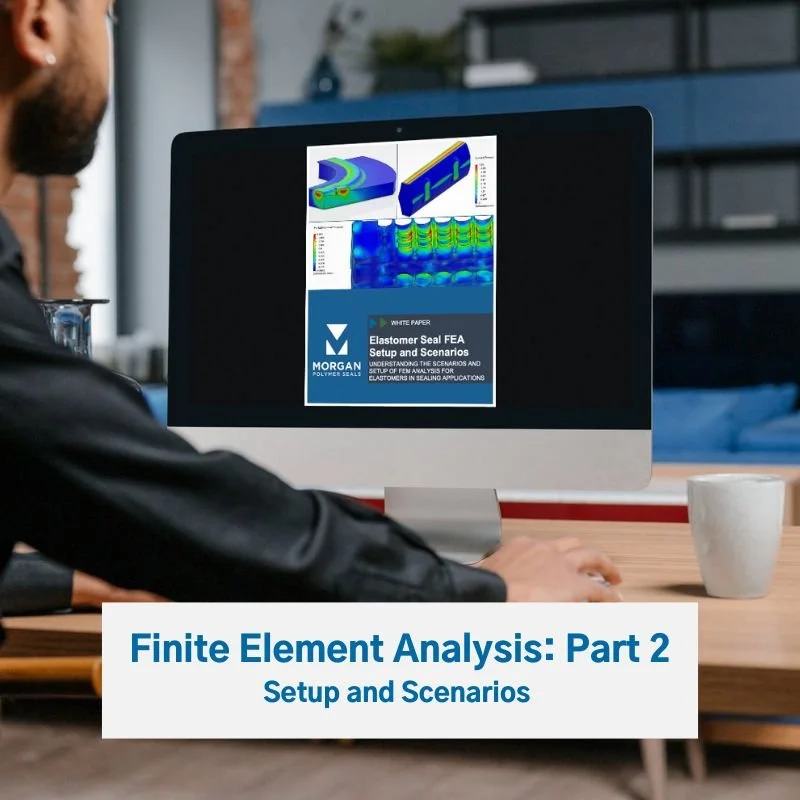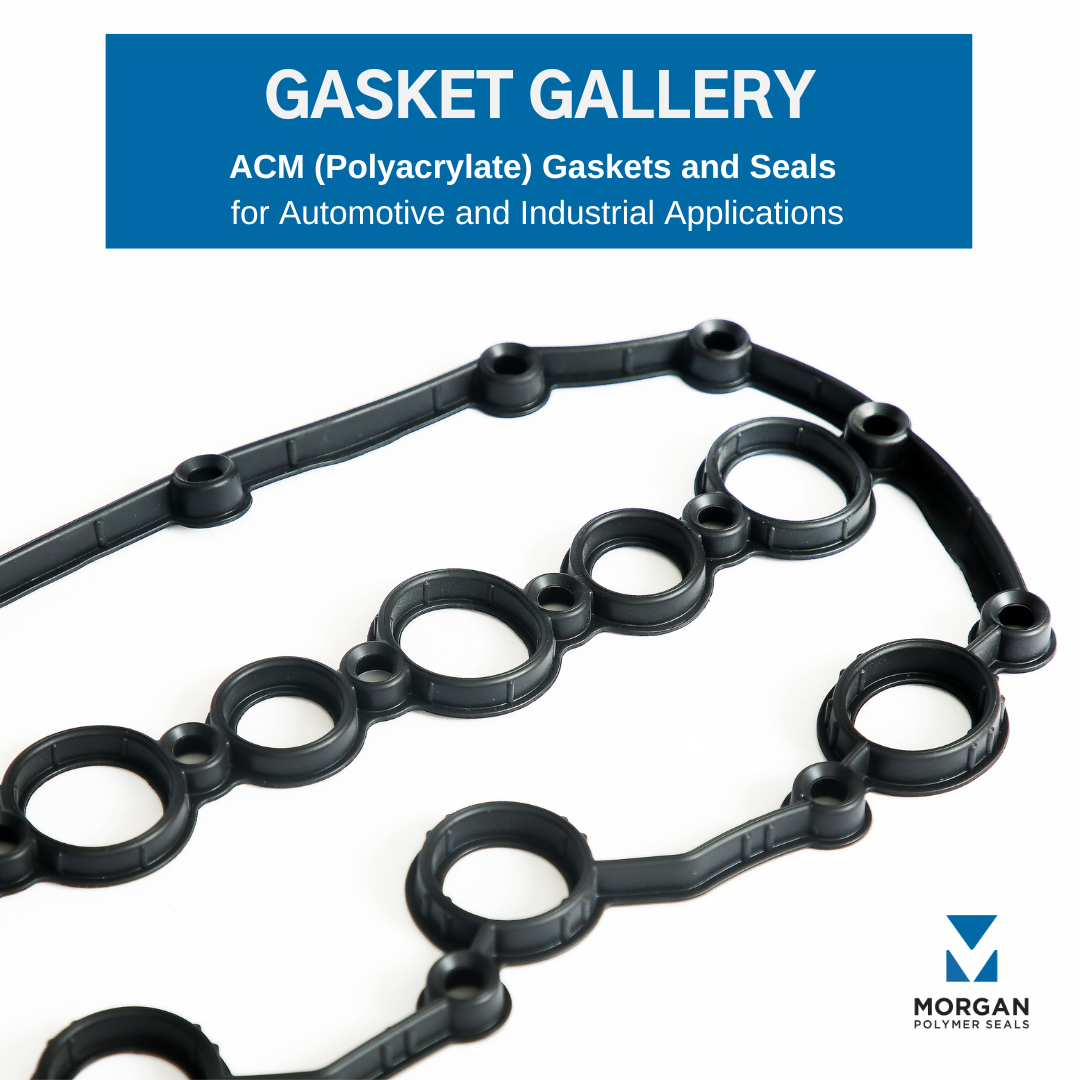Premium Seals - our focused factory for electrical connector seals - is featured in this month’s Rubber News. Click here to read the full article.
Every gasket and seal we manufacture in Mexico benefits from a series of specialized processes before and after molding. This video offers a glimpse into several of these critical capabilities.
Founded in 2005 by Kevin Morgan (CEO) and Alex Borboa (GM), Premium Seals was established as a dedicated manufacturing partner for electrical connector programs and serves as a strategic extension of Morgan Polymer Seals.
M.A.G.I.C. is a proprietary vision inspection technology designed and built by our expert engineers to provide total and repeatable accuracy during the inspection process.
Each year, we ship nearly 100 million precision-molded parts to OEMs around the world, and our commitment to excellence has earned us recognition from partners such as Ford and GM, who have honored us with 100% on-time delivery ratings year after year.
Injection molding is one of the most reliable methods for creating durable, consistent gaskets and seals for our automotive OEMs around the world.
Congratulations to our Quality Engineer, Ana Paulina Galaz, featured in this year’s class of Rubber News “Women Breaking The Mold”.
This gallery shows off some of our gaskets and seals molded with Hydrogenated Nitrile Butadiene Rubber (HNBR).
This gallery shows off some of our overmolded gaskets molded with Ethylene Propylene (EPDM).
Overmolding is a specialized process. Here’s how we make overmolded gaskets and seals at our plant in Tijuana, Mexico.
This gallery shows off some of our overmolded gaskets molded with a combination of metal and rubber, including silicone, HNBR, FKM, and Vamac
This gallery is features (even more) seals made with self-lubricating high-consistency rubber silicone (HCR).
Self-lubricating (or Self-Bleeding or Oil-Impregnated) silicones are very helpful for seals that require reduced friction for various reasons.
ElringKlinger has awarded Morgan Polymer Seals “supplier of the year” for components in 2023.
What is “takeover tooling”, and could your supply chain benefit from it?
Our customers often ask us to collaborate with their engineers on a seal’s design to support quality manufacturing for automotive OEMs.
While some seals may appear simple, designing an effective seal is a complex process that involves considering numerous factors—particularly when it comes to rubber seals.
Overmolding combines multiple materials into a single part, and in this article you’ll find photos of some of the overmolded seals we make in Mexico.
Part 3 of our FEA white paper focuses on interpreting the results of Finite Element Analysis for elastomer seals.
Part 2: The white paper focuses on the proper setup and scenarios for performing Finite Element Analysis (FEA) on elastomer seals.
Part 1: This white paper explores the importance of understanding material properties when performing Finite Element Analysis (FEA) on elastomer seals.
This article includes a gallery of some of the AEM seals we manufacture in Mexico, followed by an explanation of key capabilities that help explain why we use AEM for automotive and industrial applications.
We recently faced a unique challenge when Vitesco asked us to produce T76 filter plates for automotive transmissions. These plates are crucial components, and Vitesco needed them to be entirely defect-free. However, the plates' black-on-black design made it difficult to spot defects using traditional inspection methods.
This article includes a gallery of some of the AEM seals we manufacture in Mexico, followed by an explanation of key capabilities that help explain why we use AEM for automotive and industrial applications.
This article includes a gallery of some of the ACM (Polyacrylate) seals we manufacture in Mexico, followed by an explanation of key capabilities that help explain why we use ACM for critical automotive applications.
Congrats to Isela Fitch and Gissel Villalobos on being selected for Rubber News’ “Women Breaking the Mold” feature. Check out what these leaders had to say about their work and lives.
This article includes a gallery of some of the LSR seals we manufacture in Mexico, followed by an explanation of key capabilities that help explain why we use LSR for critical applications, including overmolding.
This article includes a gallery of some of the FKM seals we manufacture in Mexico, followed by an explanation of key capabilities that help explain why we use FKM for critical applications.
This article includes a gallery of some of the HCR silicone seals we manufacture in Mexico, followed by an explanation of key capabilities that help explain why we use HCR silicone for critical applications.
This project tackled key challenges in automotive design, including emissions reduction, cold weather performance, and maintaining the vehicle's design integrity.




























